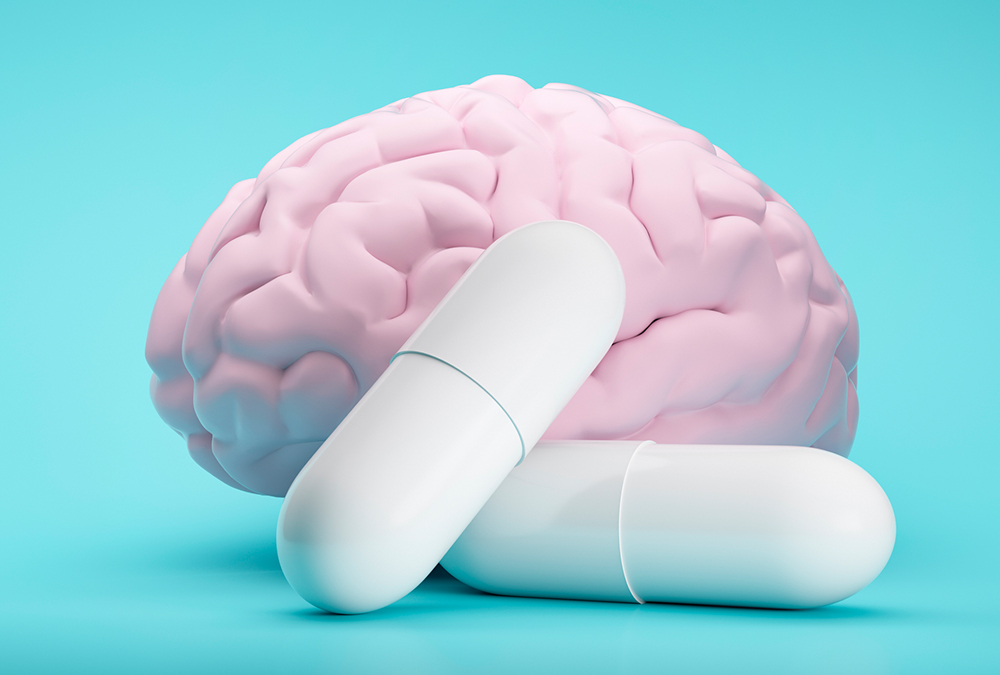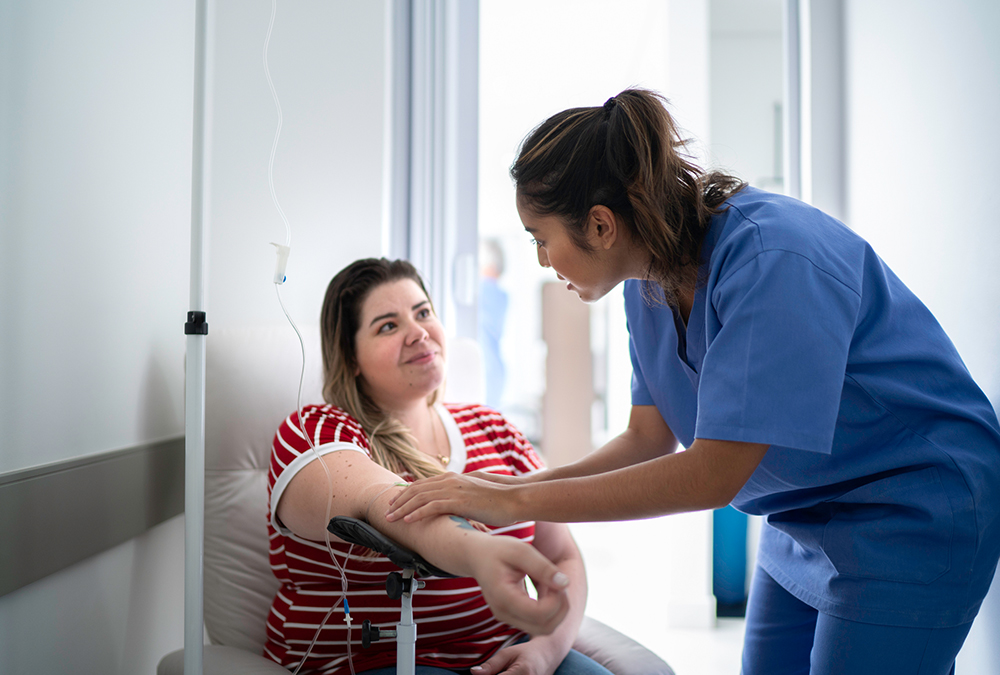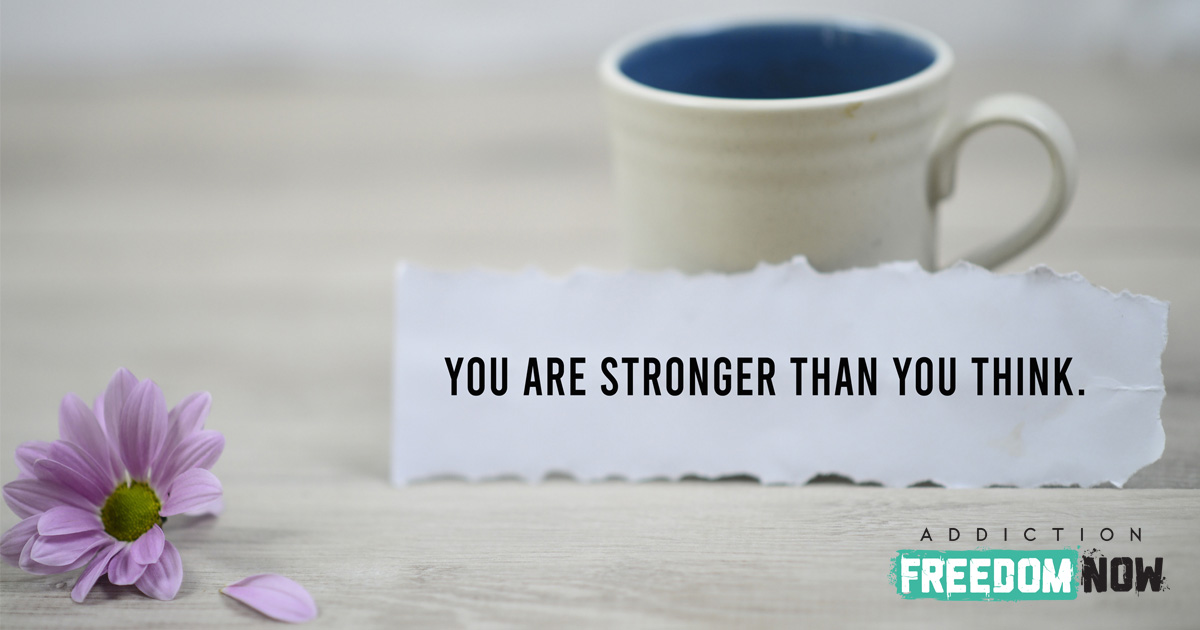Opioid addiction is a serious health issue in the United States. In particular, opioid addiction can change the way a person thinks or behaves, leading to potential criminal activity, broken relationships, and severe depression and anxiety. Worse, opioid addiction is highly detrimental to the health and wellbeing of those who are addicted, causing severe health issues and death.
Opioids continue to be prescribed by physicians to alleviate pain associated with injuries or routine surgeries. While prescription medications can help relieve pain and discomfort, they can also cause a serious addiction that can alter the course of the individual’s life. Prescription opioid addiction can often lead to illegal opioid options, furthering the social and economic repercussions of this addiction. For those seeking treatment for their addiction, medical-assisted treatment, or MAT, can be a viable option.
Understanding Opioid Addiction
According to the U.S. Department of Health and Human Services, an estimated 10.1 million people over the age of 12 misused opioids in 2019. [1] Opioid addiction can start easily enough; most individuals are introduced to opioids as teenagers or young adults when they have been prescribed medication following a serious injury or necessary procedure.
Common prescriptions can include codeine, Vicodin, Percocet, or Oxycontin. After a time, individuals prescribed opioids may become dependent upon the medication to relieve pain or may continue to take opioids because of the euphoric effects they can provide.
While proper use is the best way to avoid developing an addiction, it isn’t a guarantee. In fact, intentional misuse occurs for various reasons, including the attempts to get high, avoid a hangover, deal with emotional pain, and deal with stress. Whatever the reason might be, prescription medicine abuse can often lead to an abuse of illegal substances.
For example, when young adults find themselves developing an addiction, they often turn to friends, family, and acquaintances to get the access to prescription medicine they now feel they need. [2] Medicine cabinets can contain long-forgotten medications that provide teenagers and young adults easy access. Others may turn to cheaper street drugs, including heroin.
It is crucial to realize that anyone can become addicted to opioids. Personal history and length of prescription use can play a role, but it is still impossible to predict whether someone will become addicted. Critical risk factors for long-term opioid abuse can include a person’s age, social status, economic status, family history, the existence of thrill-seeking behaviors, and mental health disorders like severe depression or anxiety. Unfortunately, opioid addiction can have serious, life-threatening effects on an individual both short and long-term.
Opioids and the Brain

Opioids are often abused because of the various effects that they can have on the brain. [3] Opioids activate the reward centers located in the brain responsible for the release of endorphins. These neurotransmitters provide a “feel-good” effect, responsible for numbing the perception of pain and enhancing feelings of pleasure. They provide a sense of well-being, though short-lived.
Unfortunately, long-term use can lead to the body slowing its natural production of endorphins, which in turn raises an individual’s tolerance level to the opioid drug. This means that a person will need a higher dose to experience the same effects, increasing the risk of overdose, which can be fatal.
Stopping opioid use can be extremely difficult because of the way it alters the brain and body. When a person doesn’t have enough of the addictive substance in their system to maintain the chemical balance the brain has become used to, they can experience withdrawal. Symptoms of withdrawal can include agitation, anxiety, insomnia, abdominal cramping, nausea, and vomiting. Withdrawal symptoms can be extreme and potentially life-threatening. This is why it is so important to seek professional medical care when trying to overcome opioid dependence.
MAT for Opioid Addiction
Medication-assisted treatment is the use of medications to treat opioid addiction. MAT usually involves carefully prescribed medications as well as counseling and behavioral therapy to provide a well-rounded form of treatment that can provide long-lasting results. For this reason, MAT is primarily used for the treatment of addiction to opioids, including both heroin and prescription pain relievers.
MAT offers a safe way to cease opioid use by carefully returning the brain chemistry to normal. This is done by blocking the euphoric effects of the opioids and relieving the cravings associated with addiction. Addiction cravings can completely overwhelm someone struggling with addiction. It takes over their thoughts, leaving no room to focus on anything else. By suppressing these cravings, an individual can better focus on different aspects of treatment. MAT treatment can occur on an inpatient basis, or with professional medical oversight on an intensive outpatient basis.
Commonly Used Medications
All medications used in MAT are FDA approved and are tailored to meet the needs of the specific individual seeking treatment. This form of treatment helps to sustain recovery as well as prevent or reduce the risk of opioid overdose. MAT medications are used to relieve withdrawal symptoms as well as psychological cravings that create a risk for relapse.
MAT medications are clinically proven to help individuals struggling with opioid addiction. In fact, individuals who participate in medication-assisted treatment experience better rates of long-term success and relapse avoidance than those who do not use this treatment method. [4] When taken as prescribed by a medical professional, these medications can provide the safest, most effective route for overcoming opioid addiction. These medications are safe for both short-term and long-term use.
Buprenorphine
Buprenorphine is one of the most commonly prescribed medications for opioid addiction. It has also proven to be one of the most successful medical options for overcoming opioid dependency. [5] This medication works by suppressing and reducing cravings for opioids.
Sublocade
Sublocade is a sublingual medication used for long-term MAT. It is a synthetic opioid that partially stimulates opioid receptors. Therefore, patients will not feel the same brain effects of addiction from addiction opioids, while also not going through intense withdrawal.
Methadone
Methadone is one of the first medications used to combat the serious side effects of opioid use. It works by reducing cravings and potential withdrawal symptoms. It can also minimize or block the effects of opioids.
Naltrexone
Naltrexone is another popular choice of medicine used to treat opioid addiction. It works by blocking both the euphoric and sedative effects of opioids.
Naloxone
This medication is commonly used to prevent opioid overdose. It does this by reversing the toxic effects of the overdose. Overdosing can have life-threatening consequences, making this medication a true lifesaver.
Benefits of Medication Assisted Treatment for Addiction Recovery

MAT provides several potential benefits for those seeking relief from opioid addiction. However, the primary benefit of MAT is that it allows patients access to a holistic treatment plan. True MAT involves far more than just receiving a prescription for medication; it should also involve therapy, counseling, and other support systems tailored to the unique needs of the individual. Medication-assisted treatment can safely get an individual on the road to recovery and provide the tools and support they need to live a self-directed life.
When participating in MAT, most individuals experience:
- Increased retention in treatment
- Decrease of opioid use and the resulting criminal activity
- Improved rate of survival
- Increased ability to gain employment
- Ability to form healthy relationships
- Minimum withdrawal symptoms
- Decreased likelihood of relapse
When Did Medication Assisted Treatment Begin?
While we have a greater awareness of the opioid crisis today, it is not the first time opioids have played a part in American history. Opioid addiction first emerged as a serious issue in the United States during and following the Civil War, when opioids were commonly prescribed to soldiers for both acute and chronic pain. At this time, addiction was easily dismissed as a potential side-effect.
As time moved on, the lack of true knowledge of opioids’ long-term effects kept these drugs among the most popular medications to treat several common ailments. By the late 19th century, the majority of those addicted were middle and upper-class women who were prescribed opioids for their “female troubles,” including menstruation and menopause.
It wasn’t until the 1920s that opioid addiction was seen as a real issue that required treatment. In 1920, two treatment facilities were founded and initially classified as “narcotic farms.” These treatment facilities focused on detoxing patients who entered voluntarily, as well as prison inmates who had violated federal drug laws. These patients experienced the earliest form of what we now know as MAT. They were given medical assistance as well as social, psychological, and psychiatric services.
From 1940 to 1960, opioid addiction continued to rise as the U.S. experienced an increase in European immigrants who were often forced to live in crowded, poor areas. These conditions were ideal for increased drug use and crime. During this time, heroin use among young Americans increased, as well as crimes related to addiction. This further solidified the need to provide medical treatment. It was during this time that methadone was created and approved as a treatment for opioid addiction.
By the 80s and 90s, the opioid addiction crisis reached full-blown epidemic status. In the early 80s, Naltrexone was approved to treat addiction. In 1997, the National Institutes of Health Consensus Panel called for an expansion of methadone maintenance treatments. Since then, MAT treatment options have been on the rise due to their success in minimizing risks of overdose and providing a safe, healthy way for individuals to detox and overcome their addiction. Today, most MAT involves behavioral therapy as well, demonstrating that while opioid continues to be a significant issue across the U.S., there are more resources than ever that can provide effective treatment options.
Who Provides Medication Assisted Treatment?
MAT is a popular, effective treatment that can be found rather easily. Most addiction treatment professionals suggest MAT as a top choice due to its success rate. In many instances, you can discuss your options with your regular medical provider. Your provider may suggest a source of MAT near your residence.
For those who prefer a more serene environment to a rigid hospital setting, most recovery centers offer medication-assisted treatment options. These centers often offer all the tools a person needs to find long-term success. This includes carefully tailored medications paired with behavioral therapy, counseling, art therapy, and more. As a result, a professional addiction treatment facility is often the best choice for holistic healing that incorporates MAT.
Telemedicine Medication Assisted Treatment
Telemedicine has been on the rise for years. It started as a way for those living in rural areas, or those with mobility disabilities to be able to communicate with a medical doctor. Today, telemedicine is used by hospitals, private practices, treatment centers, and counselors to provide convenient medical services to patients.
This option has additional benefits for those in addiction recovery. Telemedicine allows you to communicate with medical professionals from the comfort of your home. This option also allows for more flexible hours, which can minimize appointment cancellations and increase availability of providers to the patients they serve. A large part of recovery is accountability—when your support is a simple click away, it is easier to stay focused on your treatment goals.
Seeking Medication-Assisted Treatment

Thousands of people have overcome serious opioid addiction through medication-assisted treatment and evidence-based practice. The medications prescribed during a MAT program can drastically reduce the risk of overdose and deaths associated with addiction. In addition, since this method of treatment relies not only on medication but on therapy, as well, its dual approach helps individuals safely detox and learn vital coping skills and behavioral triggers to help minimize the risk of relapse.




